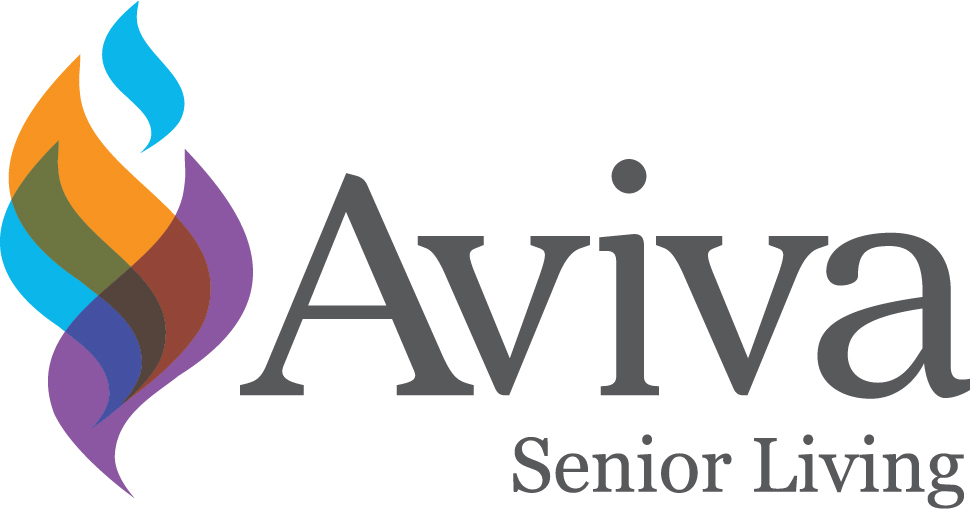Telemedicine, also called Telehealth, is becoming more popular since the beginning of the coronavirus pandemic. Telehealth is simpler than it sounds. Basically, you get a consultation or an appointment with your doctor over the phone or via an online video platform such as Skype, FaceTime, or Zoom. Think of it as a “virtual visit” with your health care provider.
A Telehealth phone call or video consultation with a doctor can provide access to healthcare from the comfort and safety of your home. This virtual service can help patients avoid unnecessary doctor and hospital visits and reduce strain on the overwhelmed health care system.
Check List for the Best Virtual Visit:
• Be sure the device you are using (phone, tablet, computer) is fully charged.
• Make the call from a well-lit and quiet room to enhance the quality of the video and audio feeds.
• If you need an interpreter let your physician’s office know ahead of time.
• In advance write down your symptoms when they began and how frequent they are, and any medications you are taking.
• Keep a pen and notepad handy during the visit.
Health insurance companies have taken action to remove cost barriers and these virtual services can help to reduce costs. Medicare is currently paying for some Telehealth services. Call your physician’s office and ask about your individual insurance coverage.
We isolate now, so when we gather again no one is missing.
Stay Safe. Stay Positive. Stay Strong.
Sheila Birnbaum’s professional career has been devoted to enhancing patient care. As the Director of the Patient Advocacy Program at Robert Wood Johnson University Hospital (RWJUH), Hamilton, NJ, she instituted numerous programs, many which received statewide recognition, including several prestigious rewards.










